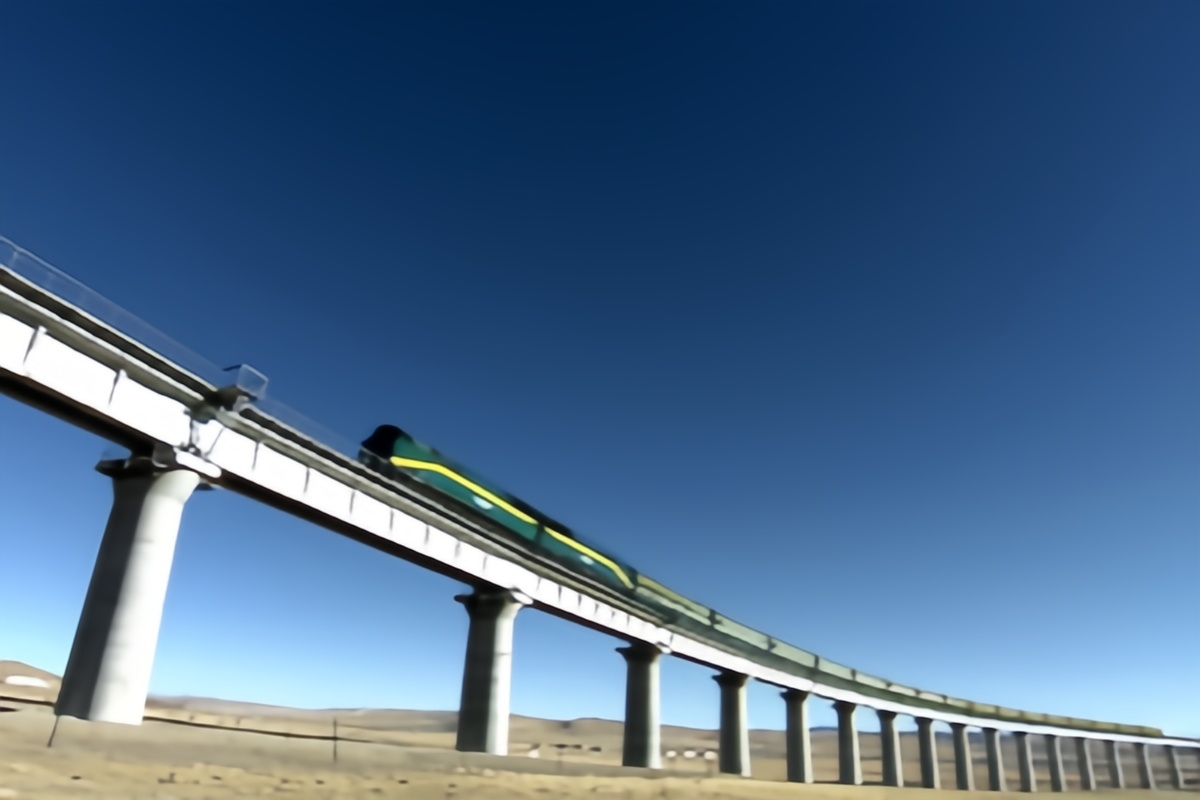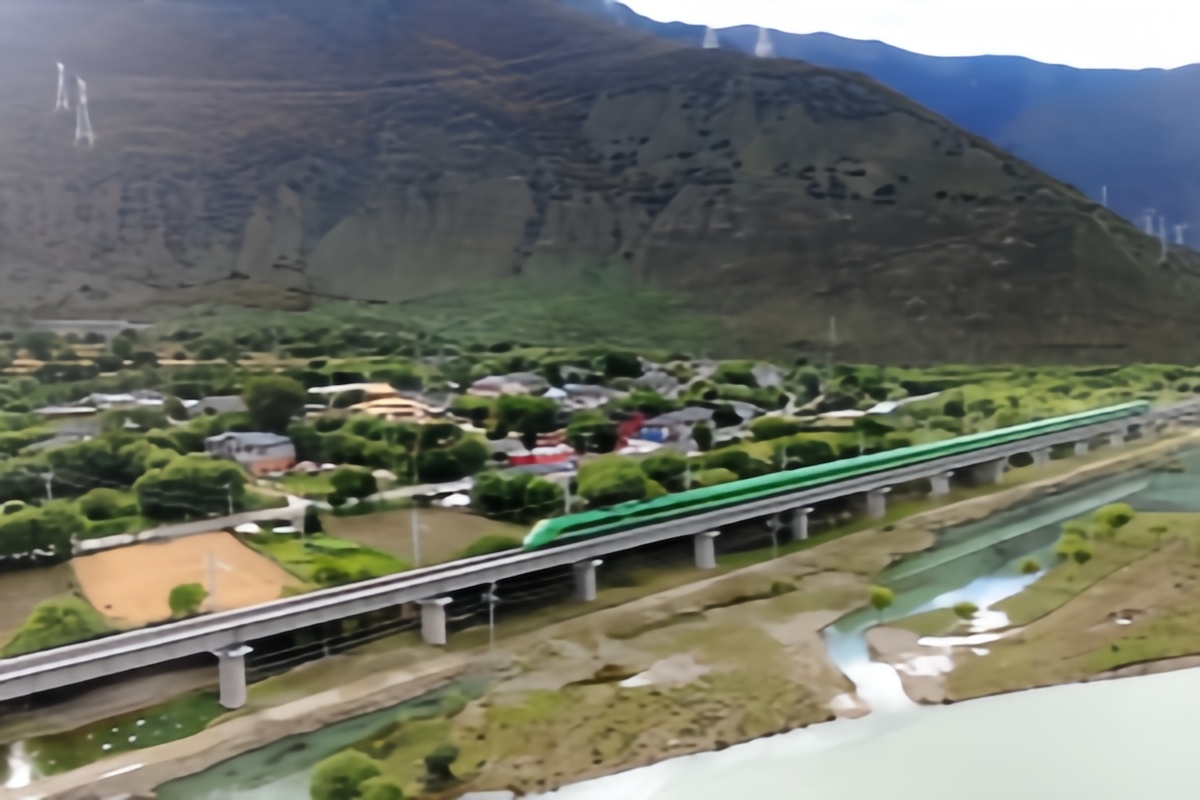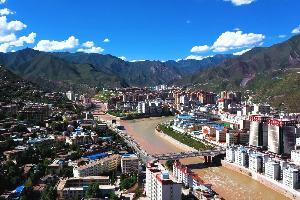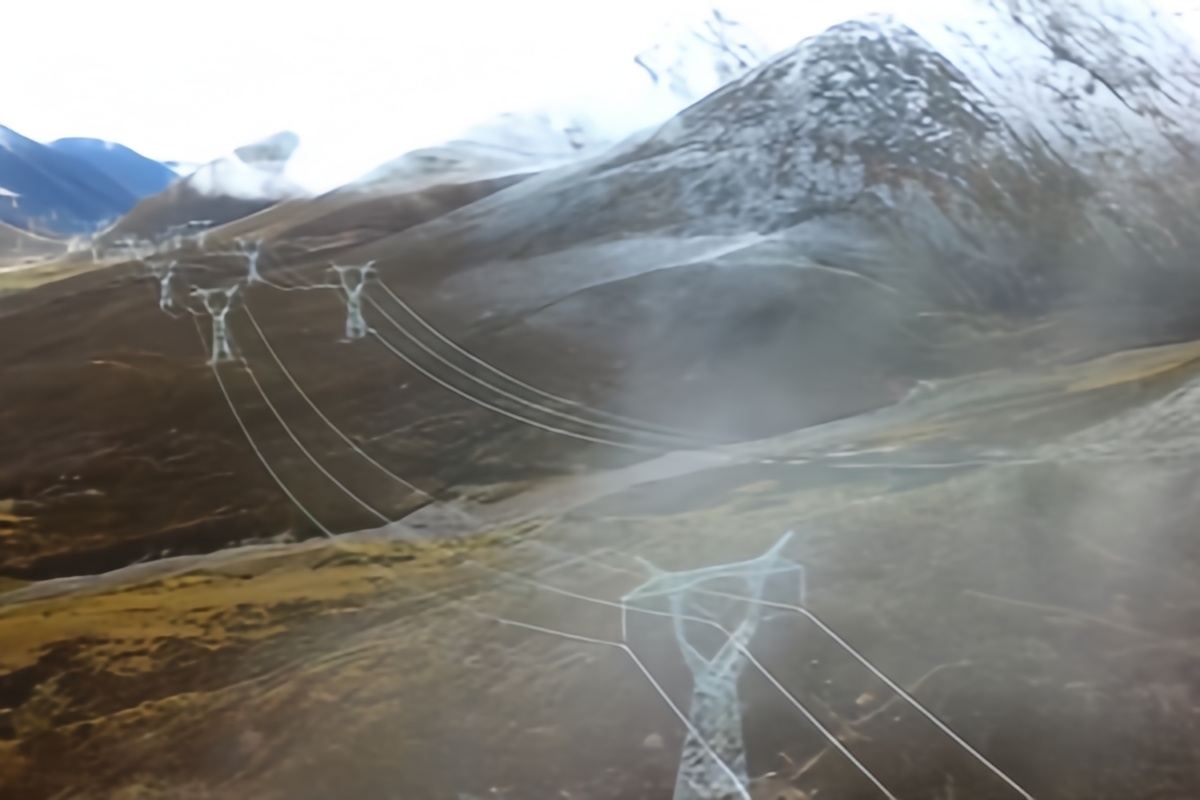Tourism has grown in Tibet since its peaceful liberation 70 years ago. It has gone from a small industry to a large one and is now a significant source of employment and income for the local population. It also serves as a platform for foreign exchange, a field for attracting investment, a window for showcasing a new socialist Tibet, and a vital contributor to sustained and healthy economic development.
Tibet's economy has achieved steady and rapid growth recently. In 2021, Tibet’s GDP exceeded 200 billion yuan, with an average annual growth rate of 9.5%, 2.9 percentage points higher than the national average. The per capita GDP exceeded 56,800 yuan, with an average annual growth rate of 7.6%, 1.5 percentage points higher than the national average. With the continuous improvement of residents’ income levels and the commodity circulation system and consumer market environment, the consumer goods market has become increasingly active, providing necessary conditions and market support for Tibet’s sustained and rapid economic growth.


The Qinghai-Tibet Railway began operation in July 2006. The Sichuan-Tibet Railway began operation in June 2021.
In recent years, the Tibet Autonomous Region has closely focused on the "Belt and Road Initiative" initiative, built an inclusive, open, and cooperative policy system, continuously accelerated the pace of opening up to the outside world, and achieved unprecedented positive results in many fields. Tibet actively participated in the construction of “The Belt and Road Initiative”, and successfully held four international exchange activities: China Tibet Tourism Culture International Expo, the Himalayan “The Belt and Road Initiative” Cooperation Forum, the South Asia Standardization Forum, etc., and organized delegations to participate in China Tibet Culture Kathmandu Forum...
Today, Tibet has undergone significant advancements in its economic system, structure, and output, lifting itself from poverty and backwardness to a prosperous civilization. When you come to Tibet, you can witness a new Tibet that amalgamates traditional values with modern values, under the socialist regime.


In 2020, the power grid project in Ali Prefecture was completed and put into operation.
Tourism has grown in Tibet since its peaceful liberation 70 years ago. It has gone from a small industry to a large one and is now a significant source of employment and income for the local population. It also serves as a platform for foreign exchange, a field for attracting investment, a window for showcasing a new socialist Tibet, and a vital contributor to sustained and healthy economic development.
Tibet’s economy has achieved steady and rapid growth recently. In 2021, Tibet’s GDP exceeded 200 billion yuan, with an average annual growth rate of 9.5%, 2.9 percentage points higher than the national average. The per capita GDP exceeded 56,800 yuan, with an average annual growth rate of 7.6%, 1.5 percentage points higher than the national average. With the continuous improvement of residents’ income levels and the commodity circulation system and consumer market environment, the consumer goods market has become increasingly active, providing necessary conditions and market support for Tibet’s sustained and rapid economic growth.
In recent years, the Tibet Autonomous Region has closely focused on the "Belt and Road Initiative" initiative, built an inclusive, open, and cooperative policy system, continuously accelerated the pace of opening up to the outside world, and achieved unprecedented positive results in many fields. Tibet actively participated in the construction of “The Belt and Road Initiative”, and successfully held four international exchange activities: China Tibet Tourism Culture International Expo, the Himalayan “The Belt and Road Initiative” Cooperation Forum, the South Asia Standardization Forum, etc., and organized delegations to participate in China Tibet Culture Kathmandu Forum...
Today, Tibet has undergone significant advancements in its economic system, structure, and output, lifting itself from poverty and backwardness to a prosperous civilization. When you come to Tibet, you can witness a new Tibet that amalgamates traditional values with modern values, under the socialist regime.



































